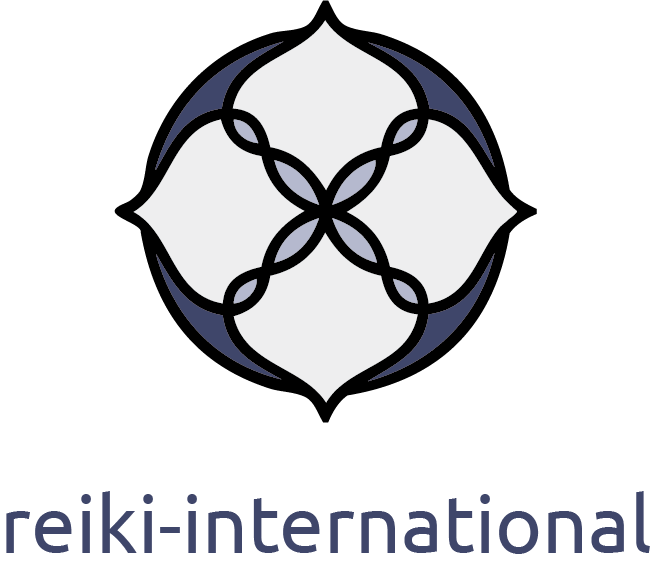The altar in itself has an old tradition, including the “house altar”. In all cultures and mostly in a religious context. It is a place of celebration and worship, seat of God or the gods, ancestors and much more. In connection with the place of sacrifice, the altar is seen as the cradle of today’s money. But I digress.
Liad Horowitz’s doctoral thesis on initiation (in the different styles of Reiki) has uncovered some elementary aspects that occur in all Reiki practices and unite them. Kind of common denominators. One of them is the initiation room (place/space). The altar can be part of this. In the meantime, the altar is often symbolism and a substitute for consecrated spaces in which initiations (since time immemorial) have taken place.
Although not “regulated”, it became intuitively established by many Reiki teachers already early after the spreading of Reiki began (1980s/90s) that they created an individually and personally designed “Reiki altar” for the initiations. They may not necessarily have called it an “altar”. The Master initiation often took place outside, preferably in a so-called place of power. Some have even taken particularly auspicious dates or other significant factors into account. To mark and celebrate the place of initiation, also to anchor consciousness of what was done, some have arranged a stone circle or laid down flowers and so on. One might say that this is symbolically an altar.
Even today I still love to celebrate initiations outside. Especially on our lonely island in the Aegean Sea this is easily possible. But otherweise most initiations take place inside. In my tradition there is something I actually call “altar” (in quotation marks). It is a little table decorated in a way that the elements (fire, water, air, earth / metal, wood) are included.
I deliberately do not place photos of ancestor on it because I want to signal to my student that worshiping teachers or adhering to a culture or following a specific religion is not part of my understanding of Reiki. In the Master training I teach this in more detail than is summarized here and with an emphasis on individual freedom of design.
At the seminar, the Reiki student consciously or unconsciously perceives the peculiarity of the initiation space and perhaps this is the reason why so many Reiki practitioners at home like to have a “Reiki altar”. The inherent longing for rituals finds also expression, for example, at gatherings when flower arrangement are often placed in the centre of the venue.
I think a private “altar” – whether in connection with Reiki or not – also serves our very own need for rituals, which today is no longer satisfactorily covered by conventional sources (church, army, etc.). It is ignorant to deny this need with the argument “Reiki does not need an altar”. reiki with its inherent “self-intelligence” of course does not need any rituals. Our practice, i.e. dealing with reiki, produces a form which in turn contains the longing for rituals in some people. (See NB at the end of this article.) Rituals serve to anchor consciousness. Very useful and valuable to us. By the way: the songs and choreographies of fan clubs at sporting events, or holding up the lighter at a pop concert, are classic ersatz rituals.
The professional Reiki therapist is well advised – if at all – to integrate a “Reiki altar” with sensitive restraint into his practice. I tend to advise against it… for some clients a single candle can already be a provocation. Personally, I hardly have any Asiatics in the treatment room – I also recommend restraint in this respect. It is the same with occidental symbols or symbols for philosophical ideas. In the end, however, everyone does it his way.
NB By Reiki written with a capital R is meant teaching and practice and reiki is so written when it refers to the energetic phenomenon “from the origin of life” (quote ProReiki).
Translated from German original aided by deepl.


